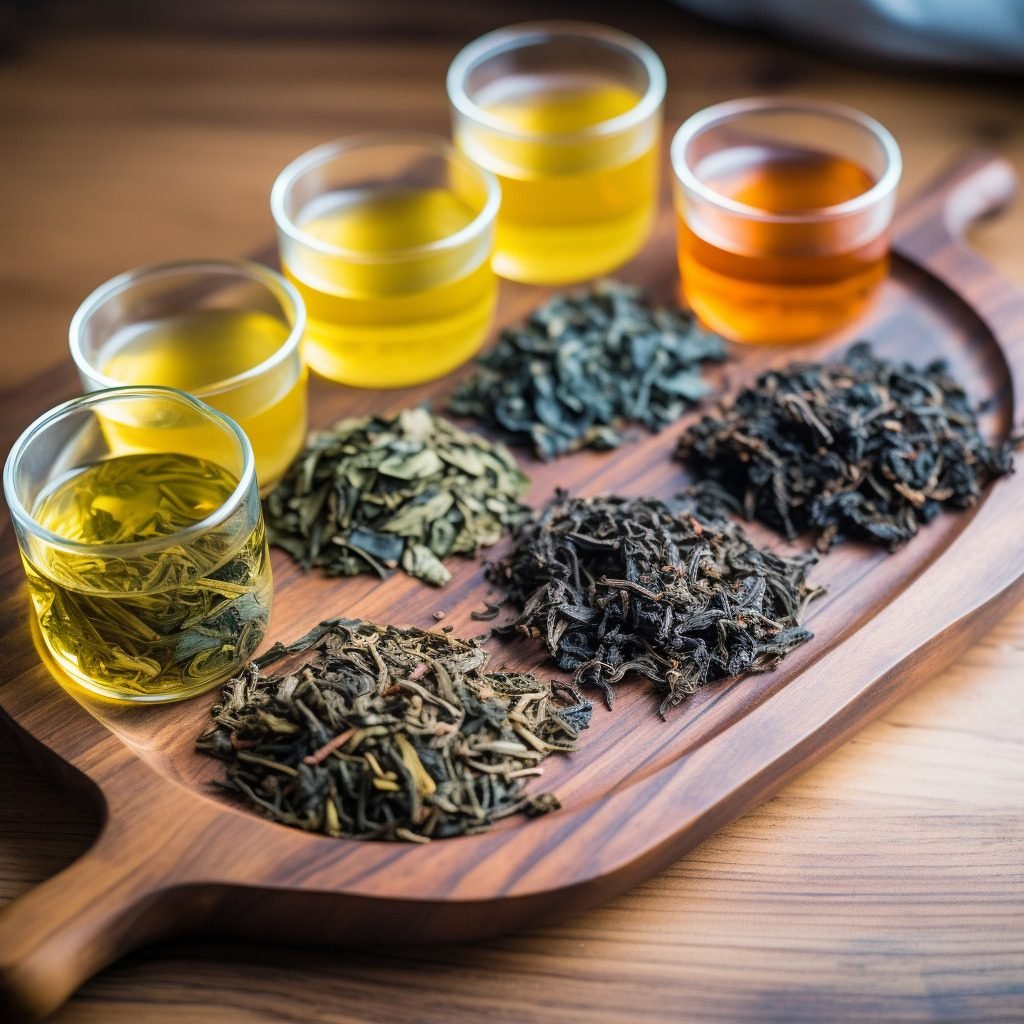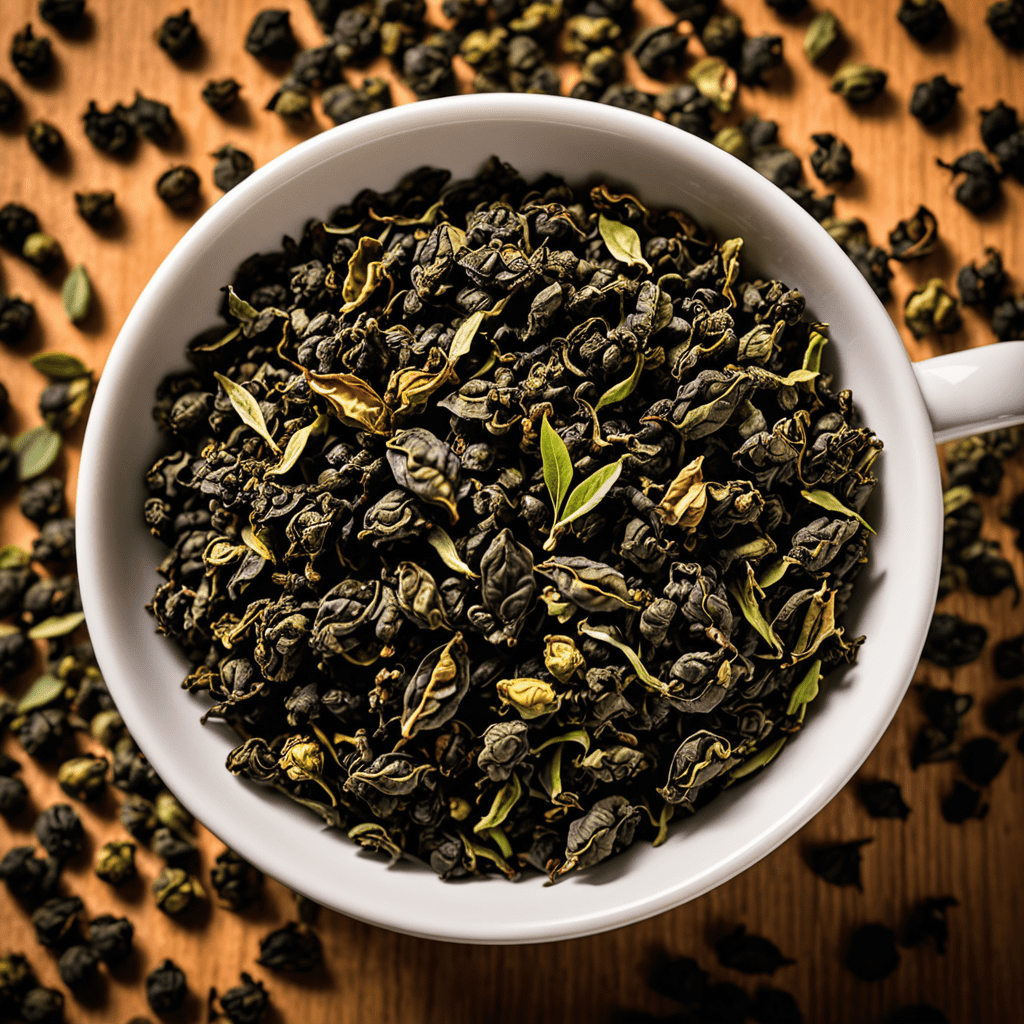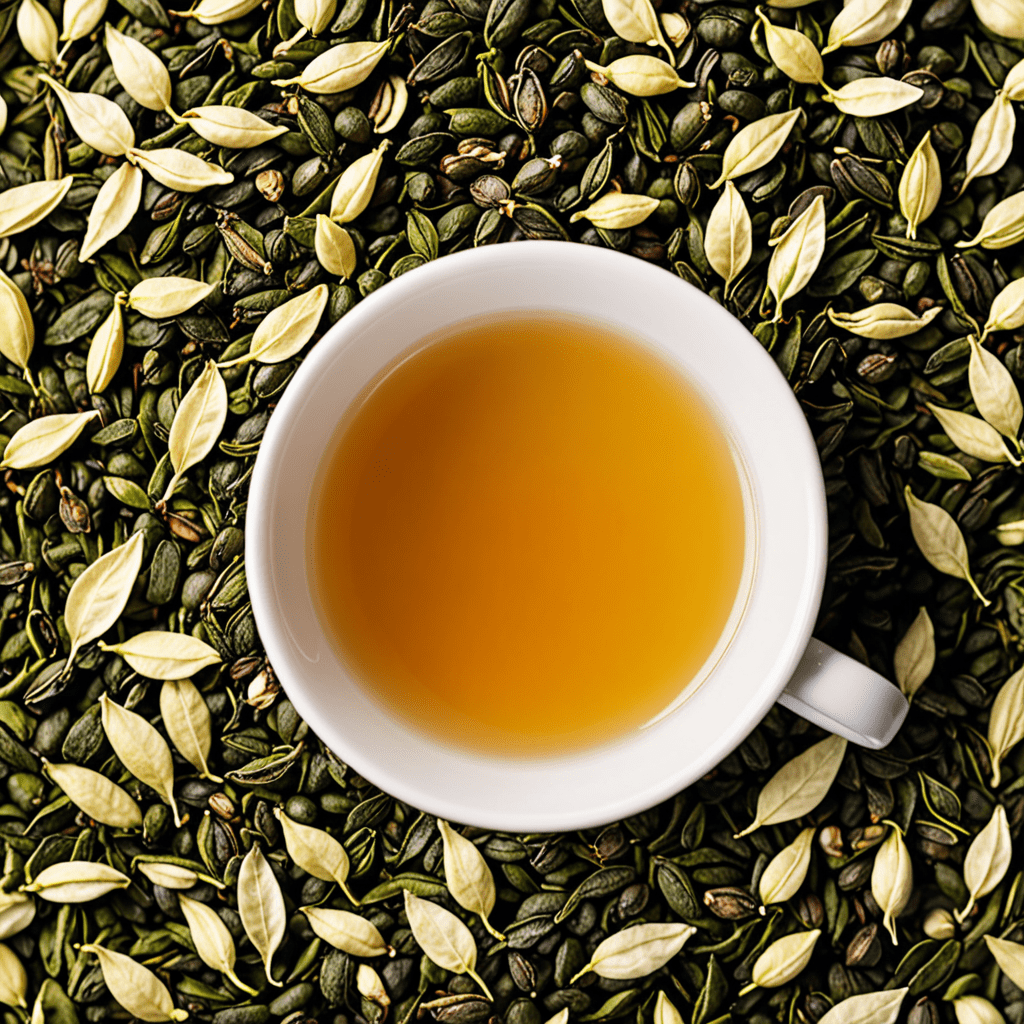Discover the Rich Flavor Profile of Oolong Tea
Tea lovers around the world appreciate the diverse flavors and aromas that different types of tea have to offer. One such tea that stands out for its unique flavor profile is Oolong Tea. With its distinctive taste and aroma, Oolong Tea has gained popularity among tea connoisseurs. In this article, we will explore the key elements of Oolong Tea’s flavor profile, provide tips for selecting the right Oolong Tea, and discuss how to incorporate Oolong Tea in your daily tea routine.
Key Elements of Oolong Tea Flavor Profile
Oolong Tea is known for its complex and nuanced flavor profile. It falls somewhere between green tea and black tea, offering flavors that are neither too mellow nor too strong. Here are some key elements that define the flavor profile of Oolong Tea:
- Aromas: Oolong Tea offers a wide range of aromatic notes, including floral, fruity, and roasted aromas. These aromas greatly contribute to the overall flavor experience.
Flavor Profiles: Oolong Teas can have a diverse range of flavors, from light and delicate to rich and robust. Some common flavor profiles include honey-like sweetness, nuttiness, and even hints of caramel.
Mouthfeel: Oolong Tea is known for its unique mouthfeel, which can be described as smooth, silky, and slightly creamy. This adds another layer of complexity to the overall tea drinking experience.
Finish: The aftertaste of Oolong Tea is often described as lingering and pleasant. It leaves a subtle and refreshing sensation in the mouth, making it a delightful tea to savor.
Tips for Oolong Tea Flavor Profile
If you’re new to Oolong Tea and want to explore its flavor profile, here are some tips to keep in mind:
- Experiment with different varieties: Oolong Tea is available in various varieties, each offering a distinct flavor profile. Try different types, such as Tie Guan Yin, Da Hong Pao, or Jin Xuan, to find your favorite.
Consider the oxidation level: Oolong Teas can range from lightly oxidized to heavily oxidized. Lighter teas tend to have a more floral and delicate flavor, while darker teas offer a richer and more robust taste. Experiment with different oxidation levels to discover your preferred flavor profile.
Pay attention to brewing parameters: The brewing parameters, such as water temperature, steeping time, and tea-to-water ratio, can significantly impact the flavor profile of Oolong Tea. Follow the recommended brewing instructions for the best results.
Explore different brewing methods: Oolong Tea can be brewed using various methods, such as gongfu style or Western-style brewing. Each method can bring out different aspects of the tea’s flavor profile. Experiment with different brewing methods to find your preferred way of enjoying Oolong Tea.
Buy from reputable sources: To ensure the highest quality and freshest flavor, purchase Oolong Tea from reputable tea vendors. Look for teas that have been properly stored and sourced from reputable tea-growing regions.
Incorporating Oolong Tea Flavor Profile
Now that you have a better understanding of Oolong Tea’s flavor profile, here are some ideas for incorporating it into your tea routine:
- Pairing with food: Oolong Tea’s diverse flavor profile makes it an excellent choice for pairing with various foods. Its floral and fruity notes complement seafood, while the roasted flavors can enhance the taste of grilled meats or desserts.
Blending with other teas: Experiment with blending Oolong Tea with other teas to create unique flavor combinations. For example, mixing Oolong Tea with jasmine green tea can create a delightful floral infusion.
Iced Oolong Tea: Oolong Tea can be a refreshing choice for iced tea. Brew a strong batch of Oolong Tea, let it cool, and serve over ice with a squeeze of lemon or a sprig of mint for a refreshing summer beverage.
Tea ceremonies: Oolong Tea is often used in traditional tea ceremonies. Explore the art and mindfulness of tea ceremonies to fully appreciate the beauty and flavor of Oolong Tea.
FAQ about Oolong Tea Flavor Profile
Q: Is Oolong Tea caffeinated?
A: Yes, Oolong Tea does contain caffeine. However, the caffeine content can vary depending on the specific tea and how it is brewed. If you are sensitive to caffeine, you may want to choose lighter or less oxidized Oolong Teas.
Q: How should I store Oolong Tea to maintain its flavor?
A: To preserve the flavor of Oolong Tea, store it in an airtight container away from light, moisture, and strong odors. Keep it in a cool, dry place, such as a pantry or cupboard.
Q: Can I reuse Oolong Tea leaves for multiple infusions?
A: Yes, Oolong Tea leaves can often be steeped multiple times. Each infusion can reveal different flavor nuances. Increase the steeping time slightly with each subsequent infusion to extract the full flavor potential of the tea leaves.
In conclusion, Oolong Tea offers a unique and fascinating flavor profile with its diverse aromas, flavors, and mouthfeel. By exploring different varieties, experimenting with brewing methods, and incorporating Oolong Tea into your tea routine, you can fully appreciate the richness and complexity this tea has to offer. So, why not explore Oolong Tea today and embark on a flavorful tea journey?



